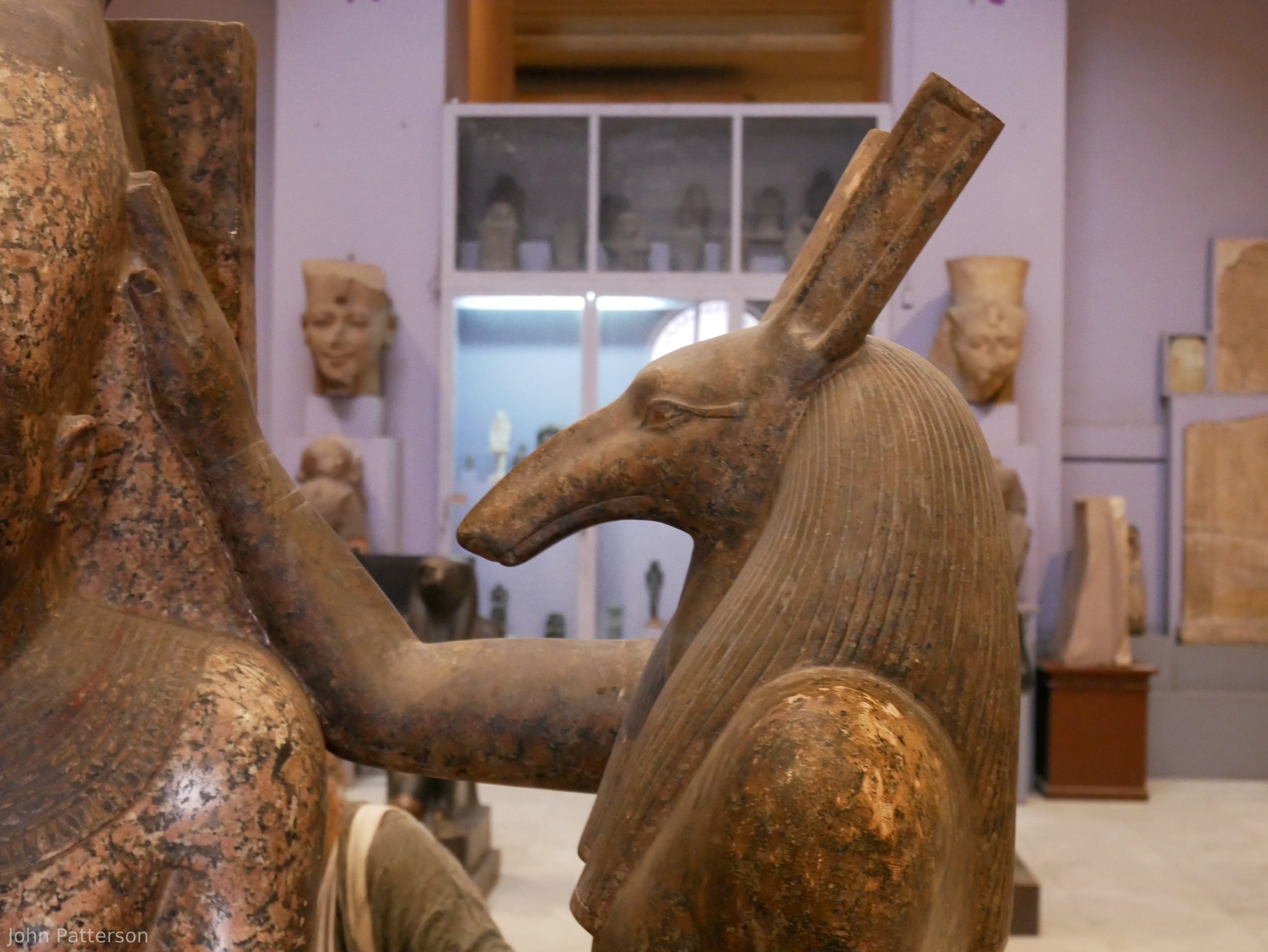“Perceptions of Seth” Ian Taylor
At the beginning of December Ian Taylor, one of the members of the Essex Egyptology Group, talked to us about the subject of his PhD: Seth. He began by talking about the modern image of Seth*, before turning to the evidence for how the Ancient Egyptians thought about this god. The common modern perception of Seth is as the dangerous enfant terrible of the Ancient Egyptian pantheon who brought death to the gods by murdering Osiris & came into conflict with Horus by usurping the throne. This comes to us by way of Plutarch, whose “Isis and Osiris” was the only version of the myth known before the translation of hieroglyphs. *As an aside Taylor mentioned here that while the name of Seth is different in different places and at different times he was going to stick to using “Seth” throughout his presentation. In Plutarch’s text Seth along with his… Read More »“Perceptions of Seth” Ian Taylor
